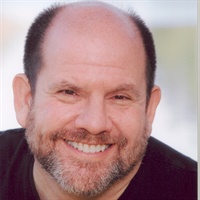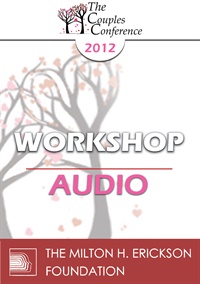CC12 Workshop 05 – Exciting Bottom-Up Techniques to Use with Your Couples: Applying PACT® – Stan Tatkin, PsyD
- Average Rating:
- Not yet rated
- Topic Areas:
- Couples Therapy | Workshops | Psychobiological Approach to Couples Therapy (PACT) | Therapist Techniques
- Categories:
- Couples Conference | Couples Conference 2012 | Pioneers in Couples and Family Therapy
- Faculty:
- Stan Tatkin, PsyD, MFT
- Duration:
- 1:28:49
- Format:
- Audio Only
- Original Program Date:
- Apr 27, 2012
- License:
- Never Expires.
Description
Description: Introduces a psychobiological approach to couple therapy that shifts from insight-based to experiential methods. Using bottom-up techniques—like surprise interventions, movement, and the Lover’s Pose—therapists can access implicit systems through micro-expressions and body cues, helping couples regulate arousal, deepen attachment, and build secure-functioning relationships.
Syllabus Description: A psychobiological approach to couple therapy utilizes a bottom-up versus a top-down approach to psychotherapy. This means that the couple’s therapist utilizes very fast, often surprising interventions in order to access implicit systems as revealed in micro expressions and micro-movements in the face and body, respectively. This workshop will introduce several exciting bottom-up techniques to use in couple therapy, including the use of surprise statements, movements, poses, and music.
Educational Objectives:
- List and describe at least three bottom-up interventions for accessing implicit material.
- Demonstrate the use of at least one bottom-up intervention.
*Sessions may be edited for content and to preserve confidentiality*
Credits
Handouts
| Ericksonian Learning Snapshot (248.9 KB) | 2 Pages | Available after Purchase |
Faculty

Stan Tatkin, PsyD, MFT Related Seminars and Products
Stan Tatkin, PsyD, MFT, is a clinician, researcher, teacher, and developer of A Psychobiological Approach to Couple Therapy (PACT®). He has a clinical practice in Calabasas, CA, where he has specialized for the last 15 years in working with couples and individuals who wish to be in relationships. He and his wife, Tracey Boldemann-Tatkin, developed the PACT Institute for the purpose of training other psychotherapists to use this method in their clinical practice.


